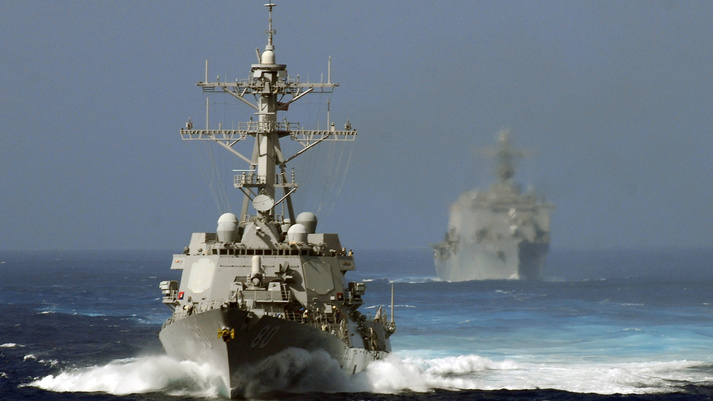
In a major programme milestone, BAE Systems has delivered its 150th OE-120 Identification Friend-or-Foe (IFF) antenna to the U.S. Navy. The antenna is used by sailors to identify friendly aircraft and vessels, and supports shipboard air traffic management systems for both IFF and secondary surveillance radars. It is currently on about 150 U.S. and allied ships worldwide, from frigates to aircraft carriers.
“Our employees come to work each day knowing that what they do matters and aligns with our mission,” said Dave Logan, vice president and general manager of C4ISR Systems at BAE Systems. “This team has successfully delivered the OE-120 antenna for more than 30 years, offering navies around the world constant fleet protection.”
Originally designed to support the Aegis Combat System, the OE-120 antenna is the only electronically scanned IFF antenna used by the US Navy. It accommodates all standard IFF modes for a wide range of mission requirements. It offers instantaneous, multiple target identification against today’s sophisticated air threats, providing enhanced situational awareness for the fleet.
“With this product, BAE Systems delivers more than just hardware. It delivers coherent capabilities to our team,” said Navy Capt. Joseph Hornbuckle, Naval Air Traffic Management Systems Programme Manager. “Your service to the fleet for almost four decades is a true testament to the product’s artisanship.”
Spanning more than 75 years of IFF experience, BAE Systems has delivered more than 13,000 transponders, 1,000 interrogators, and 4,500 combined interrogator/transponder systems. The company’s IFF technology is applicable for existing, new, and emerging platforms, including unmanned aerial vehicles, ships, and fixed- and rotary-wing aircraft. The long history of this high-reliability antenna will continue, as a recent modernization will maintain it in active service for years to come.







